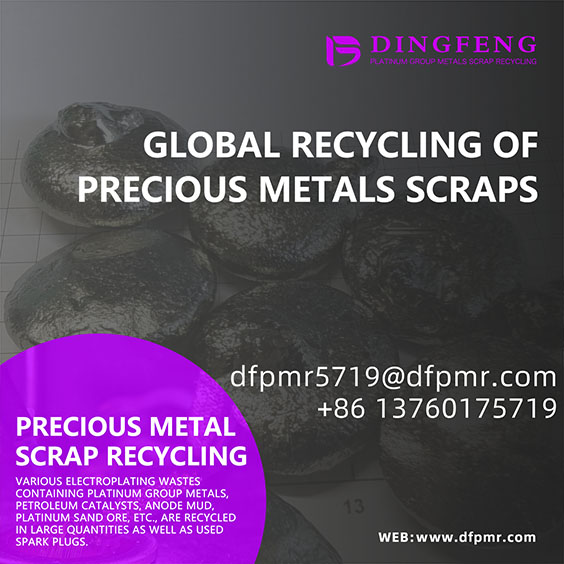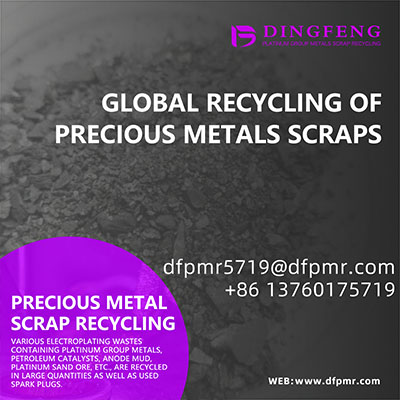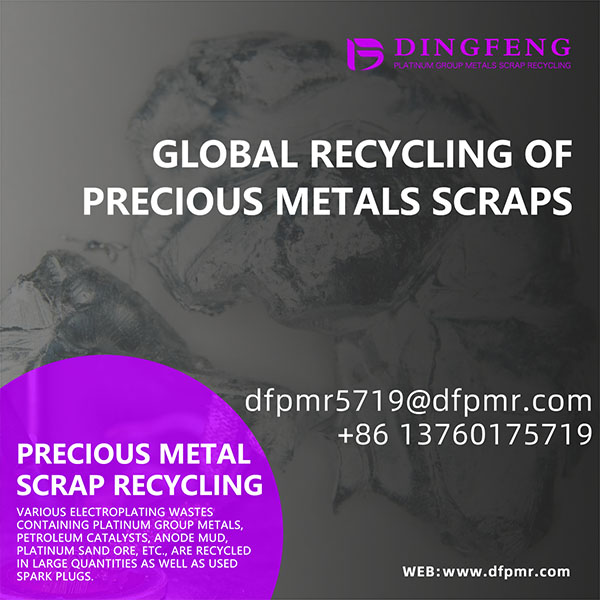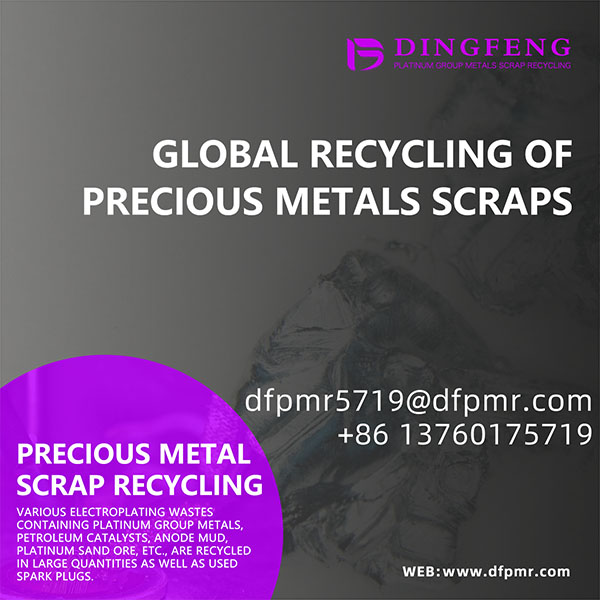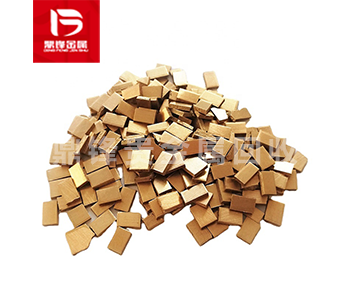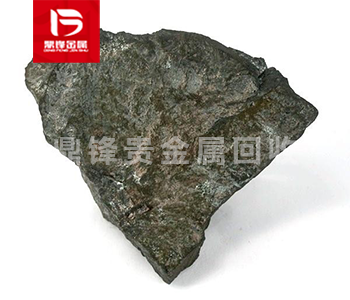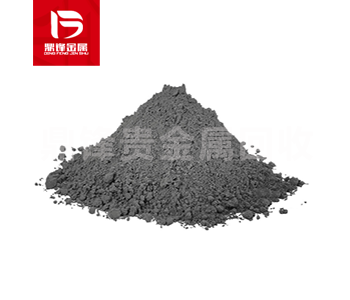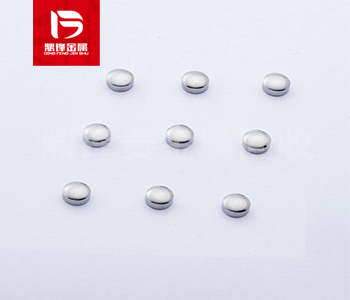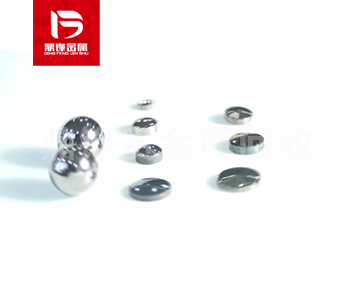Recovery of germanium catalyst promotes the circulation of rare metals
Germanium is a rare metal element with unique properties, making it an important component of various industries including semiconductors, optical fibers, and solar cells. In many applications, german
Germanium is a rare metal element with unique properties, making it an important component of various industries including semiconductors, optical fibers, and solar cells. In many applications, germanium compounds, such as Germanium tetrachloride, act as catalysts in different chemical reactions. However, once these catalysts lose their effectiveness, they become waste that must be properly managed and recycled to minimize their impact on the environment and potential health hazards. This article delves into the future of germanium catalyst recovery and management, exploring new technologies and sustainable strategies to promote circular economy.
The necessity of recycling waste germanium catalyst
The increasing demand for germanium in various applications has led to a surge in the generation of germanium containing waste, including spent catalysts. Proper management and recycling of these waste materials are crucial for several reasons: resource conservation: germanium is a relatively scarce element with limited reserves worldwide. Recovering germanium from spent catalysts helps to protect this precious resource and reduce dependence on primary sources. Environmental protection: Improper disposal of germanium waste can lead to the release of germanium and other toxic elements into the environment, posing a risk to ecosystems and human health. Recycling and recycling germanium catalysts can help mitigate these risks and promote environmental sustainability. Economic benefits: Recycling valuable materials from waste streams can save costs and cultivate new business opportunities in the recycling and material recycling sectors.
Germanium catalyst recovery technology and methods
In response to the increasing demand for efficient germanium catalyst recovery, researchers and industry professionals have been developing innovative technologies and methods. Some of the most promising methods include: 1. Hydrometallurgical processes: These processes use hydrochemistry to selectively dissolve and separate germanium from spent catalysts. Germanium and other valuable elements can be recovered from waste gas using technologies such as leaching, precipitation, solvent extraction, and ion exchange. Compared with pyrometallurgical processes involving high-temperature operations, hydrometallurgical processes have the advantages of low energy consumption and minimal environmental impact. 2. Bioleaching: This emerging technology uses microorganisms to extract germanium and other metals from waste. Some bacteria and fungi can produce organic acids and other metabolites, promoting the dissolution of metals and enabling them to be recovered from complex waste matrices. Compared with the traditional hydrometallurgical process, Bioleaching provides a more environmentally friendly alternative, because it operates at room temperature and produces fewer harmful by-products. 3. Supercritical fluid extraction: This technology uses supercritical fluid, such as carbon dioxide, to dissolve and separate germanium from waste catalyst. Supercritical fluid has unique properties, including high solvent force and low viscosity, which makes it possible to effectively extract and recover germanium. This method has the potential to provide high selectivity, reduce solvent consumption, and minimize environmental impact. 4. Electrochemical methods: These methods include using current to drive the recovery of germanium from spent catalysts. Technologies such as electrowinning and electrorefining can be used to selectively recover germanium and other valuable elements from waste liquid. Electrochemical methods have advantages in energy efficiency and minimizing the generation of harmful by-products.

Creating a circular economy for germanium
In order to promote the sustainable future of germanium catalyst recovery and management, circular economy methods are crucial. This involves incorporating waste recycling and recycling processes into the entire lifecycle of germanium products, from production and consumption to scrap management. The main strategies for promoting the germanium circular economy include: 1. Design for recycling: Encourage manufacturers to consider recycling when designing germanium containing products, which helps to recycle germanium and other valuable materials at the end of their lifecycle. This can be achieved by using standardized components, minimizing the use of hazardous materials, and adopting a modular design that allows for easy disassembly and separation of germanium containing components. 2. Extended Producer Responsibility (EPR): Implementing an EPR policy can make manufacturers responsible for the scrapping management of germanium containing products. This can motivate companies to invest in recycling infrastructure, develop innovative recycling technologies, and collaborate with waste management organizations to ensure appropriate collection, treatment, and recycling of waste germanium catalysts. 3. Encourage research and development: Investing in research and development can promote the discovery of new, efficient, and environmentally friendly methods for recovering germanium catalysts. Collaboration between academia, industry, and government can accelerate the development and commercialization of breakthrough technologies, bringing a more sustainable future to germanium management. Raising awareness and education: Raising public awareness and providing education on the importance of appropriate waste management and recycling of germanium containing products can promote responsible consumer behavior. This includes encouraging participation in recycling programs, properly handling Electronic waste, and supporting environmentally friendly products and technologies. 4. Developing recycling infrastructure: Establishing a strong recycling infrastructure is crucial for the effective collection, transportation, and treatment of waste germanium catalysts and other waste. This includes investing in state-of-the-art recycling facilities, developing collection networks, and implementing waste management policies that promote recycling and recycling.
The future of germanium catalyst recovery and management lies in the adoption of innovative technologies and sustainable strategies that promote circular economy, through the adoption of a holistic approach of resource conservation, environmental protection, and economic development.
&Quot; Dingfeng Precious Metals Recycling includes precious metals such as gold, silver, palladium, rhodium, platinum, germanium, iridium, ruthenium, etc. This is our business in precious metal recycling. If you have precious metals such as gold, silver, palladium, rhodium, platinum, germanium, iridium, ruthenium that need to be recycled, please contact us and we will provide you with a satisfactory price& Quot;



